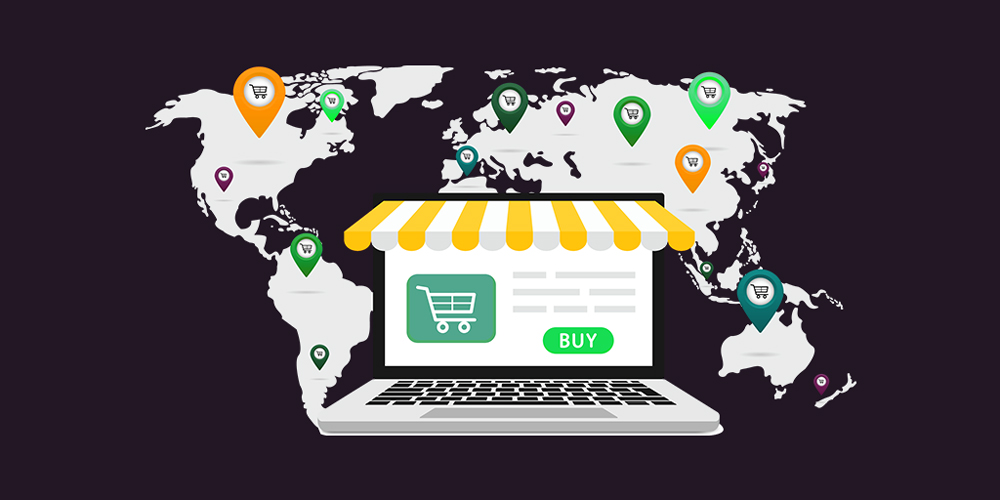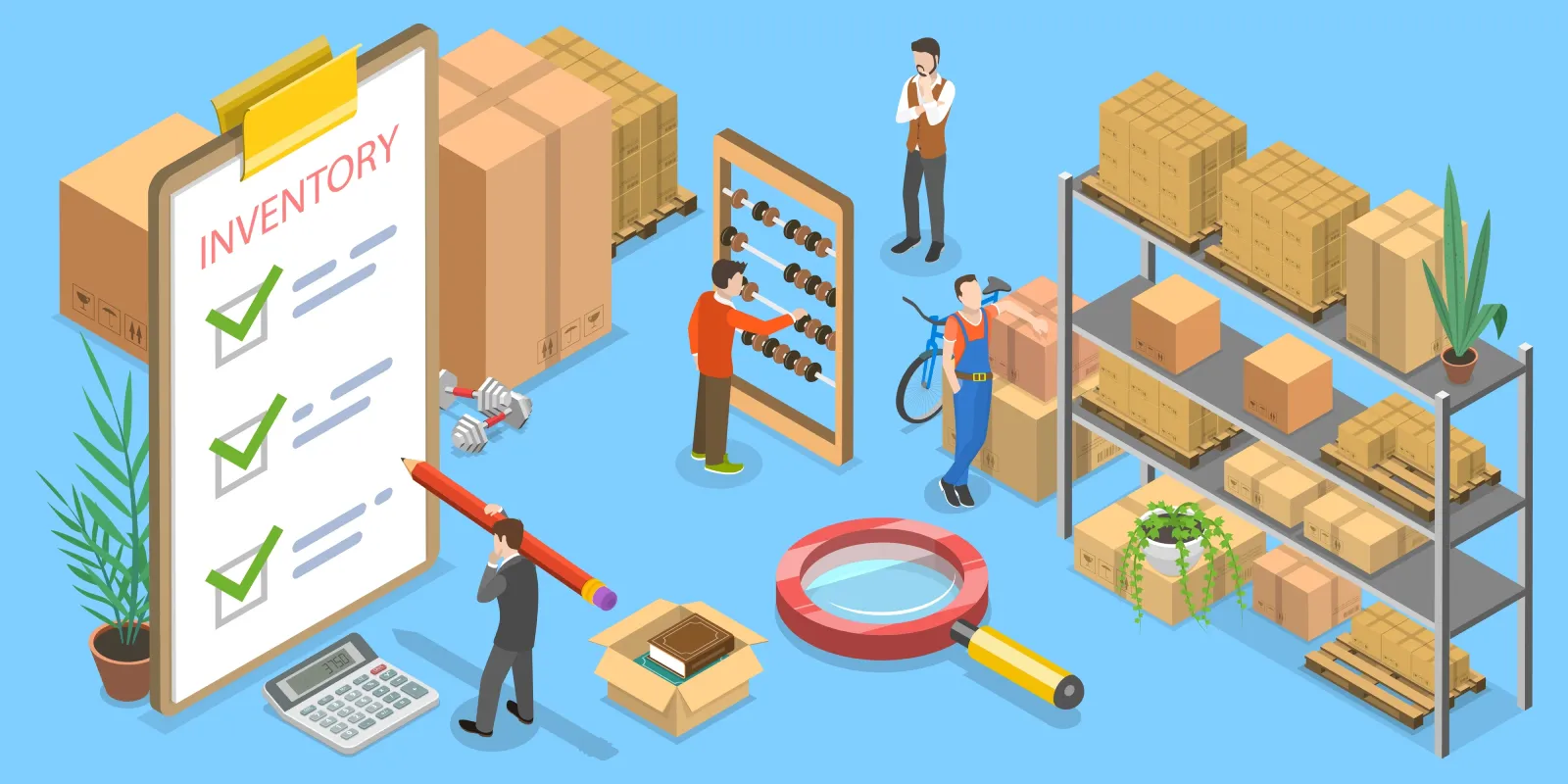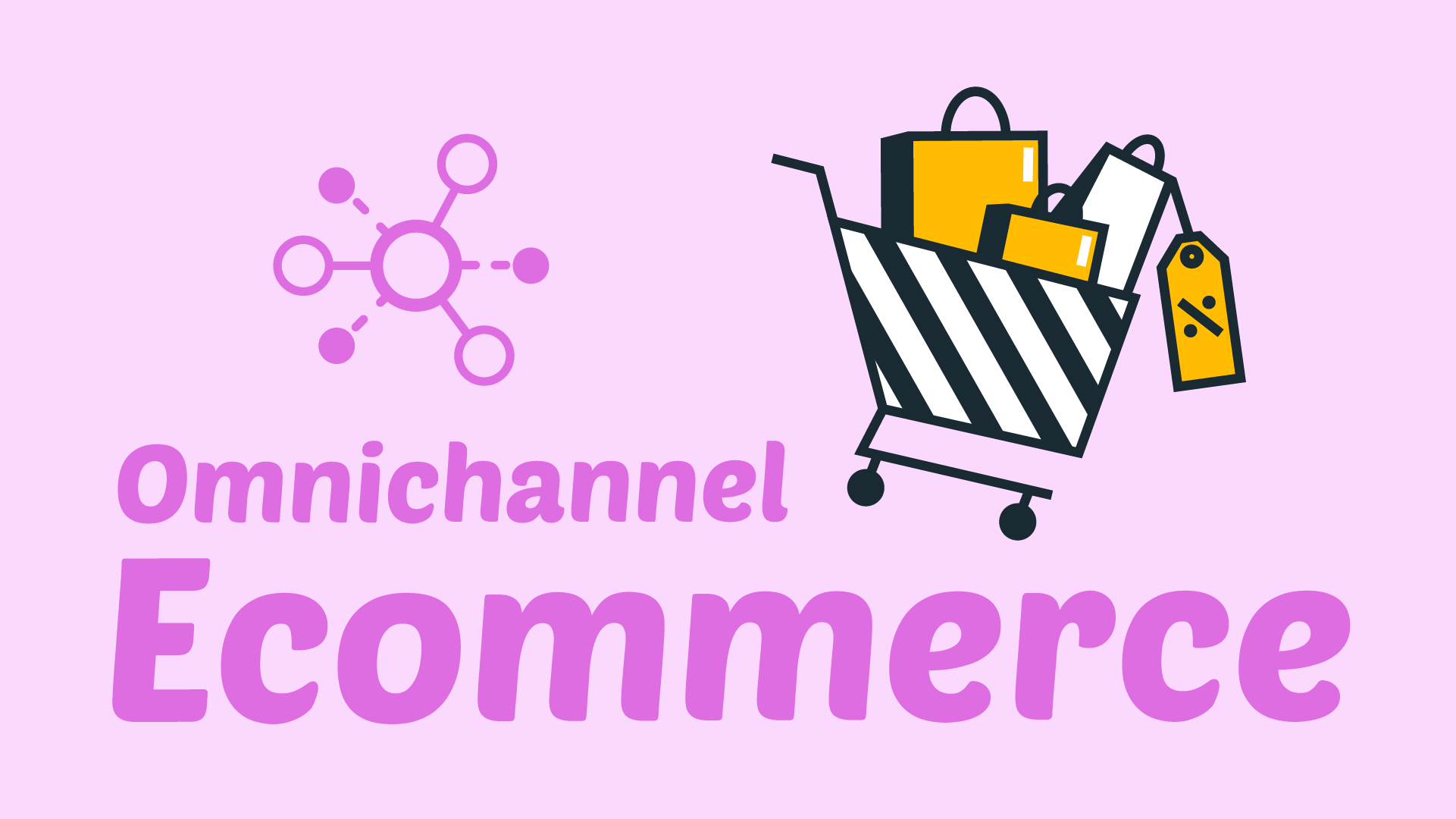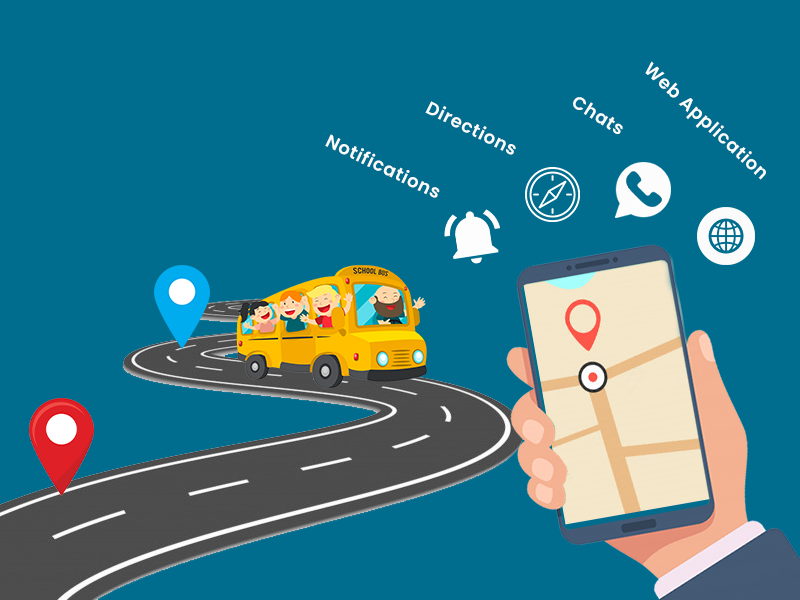IoT Magic: How Connected Devices Supercharge Shipping Integration
The rise of the 物联网 has significantly transformed how industries operate, and the shipping and logistics sector is no exception. Connected devices are playing a pivotal role in optimizing shipping processes, offering real-time insights, improving efficiency, and enhancing customer experiences. In this article, we explore how IoT is revolutionizing shipping integration and why it is becoming a game-changer for businesses in the logistics industry.
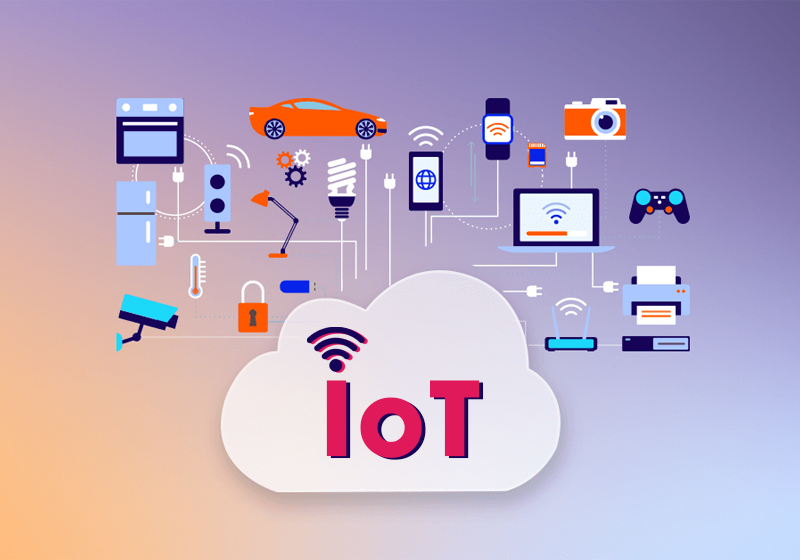
Visit Postalparcel for more information on shipping integration solutions.
The Role of IoT in Shipping Integration
Shipping integration involves the seamless connection of various systems that manage the flow of goods, information, and services. IoT technology plays a critical role by enabling communication between devices and systems. With connected devices such as sensors, smart containers, GPS trackers, and RFID tags, businesses can track shipments in real time, automate operations, and gain actionable insights.
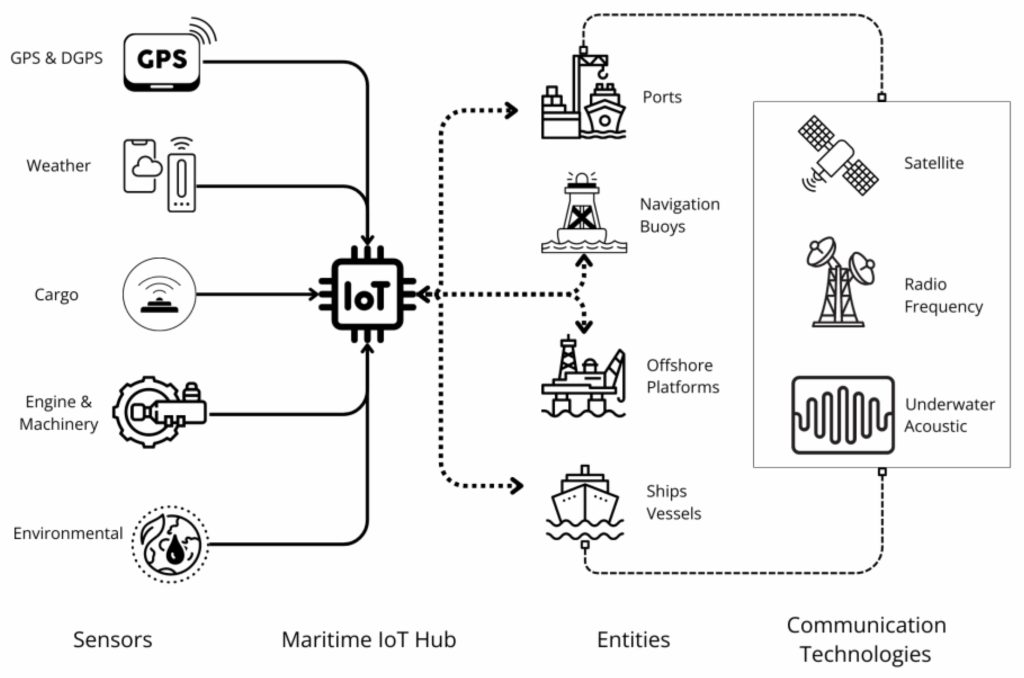
What Makes IoT Essential for Shipping Integration?
- Real-time Tracking and Monitoring
- IoT-enabled devices provide the ability to track shipments and inventory in real-time. Whether it’s a delivery truck on the road or goods in a warehouse, businesses can monitor locations, temperature, humidity, and other critical factors that could impact the product’s integrity.
- Automation and Efficiency
- IoT allows for the automation of numerous tasks, including inventory management, order processing, and dispatching. With automated systems, businesses can reduce human error, improve order fulfillment, and speed up shipping operations.
- 数据驱动决策
- Connected devices generate a massive amount of data that can be analyzed to identify trends, optimize routes, and improve overall supply chain performance. By leveraging this data, businesses can make better decisions about inventory management, shipping schedules, and customer preferences.
- 增强客户体验
- With IoT, customers can receive real-time updates about their shipments, improving satisfaction and reducing anxiety. Notifications about delivery times, potential delays, or changes in shipping status are sent automatically, making the entire process transparent and user-friendly.
Key IoT Technologies Enhancing Shipping Integration
Several IoT technologies are instrumental in improving shipping integration. Let’s look at some of the key players:
1. GPS Trackers and RFID Tags
- GPS Trackers: With GPS tracking devices, companies can monitor shipments in transit. These trackers provide real-time location updates, helping businesses avoid delays and optimize delivery routes.
- RFID Tags: 射频识别(RFID) technology is used to track products within warehouses or during transportation. RFID tags can store detailed product information and are scanned automatically, reducing manual labor and human error.
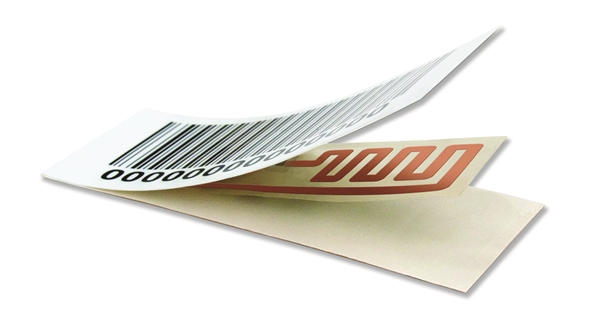
2. Smart Sensors and Temperature Monitoring
- Smart Sensors: IoT sensors can monitor environmental conditions, such as temperature, humidity, and vibration, which are particularly important for perishable goods like food and pharmaceuticals. This helps businesses ensure that products are being stored and transported under the correct conditions.
- Temperature Monitoring: IoT-enabled temperature sensors can provide critical alerts if a shipment is exposed to temperature fluctuations outside the acceptable range, reducing the risk of spoiled or damaged goods.
3. Automated Systems and Robotics
- Automated Warehouses: IoT technology can automate various warehouse functions, such as sorting, inventory control, and order picking. Robots can move products within the warehouse and even transport goods to loading docks, improving efficiency.
- 无人机: Some companies are experimenting with drones for delivering small packages. IoT technology enables the integration of drones with existing shipping systems, allowing for quick and efficient delivery.
4. Smart Labels and Digital Shipping Documentation
- Smart Labels: These labels carry RFID tags or QR codes that can be scanned to provide product information and shipment details. They can also communicate with connected devices, providing real-time updates about product status and location.
- Digital Documentation: IoT allows for the integration of digital shipping documents that can be accessed in real time by both the shipper and the customer. This eliminates the need for paper-based systems and improves documentation accuracy.
The Benefits of Shipping Integration with IoT
The integration of IoT technologies into shipping processes brings numerous benefits to businesses, including:
1. Improved Operational Efficiency
By automating key shipping processes and providing real-time data, IoT helps businesses streamline their operations. With fewer manual tasks, operations become faster and more accurate. This leads to increased efficiency and reduced operational costs.
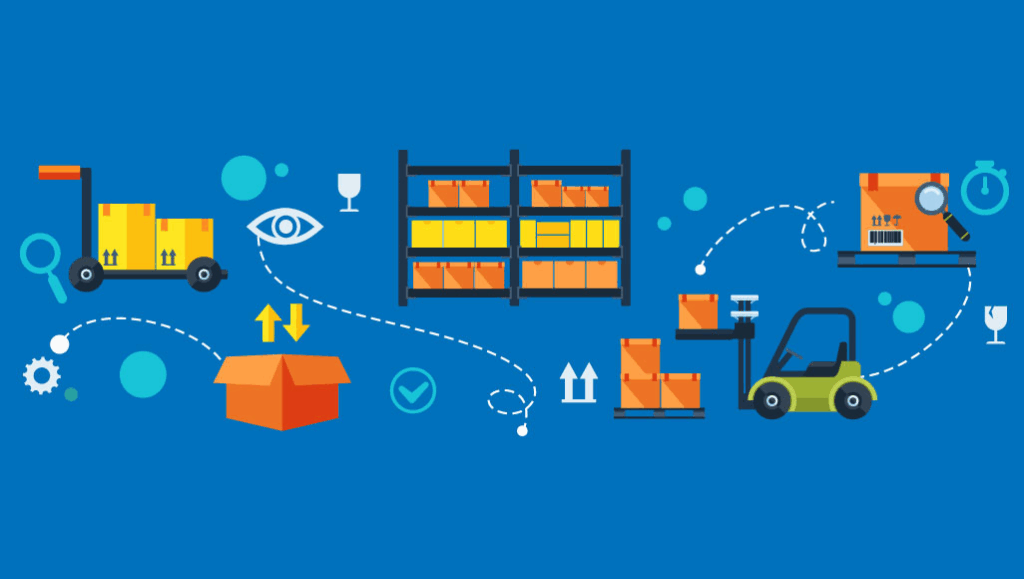
2. Enhanced Transparency and Visibility
IoT systems provide complete visibility into the shipping process. From inventory levels to delivery statuses, businesses can monitor every step in the supply chain. This increased transparency not only improves operational decision-making but also builds trust with customers.
3. Reduced Costs and Losses
与 物联网传感器 monitoring products, businesses can prevent costly mistakes such as incorrect inventory management or product spoilage. By tracking shipments in real-time, companies can reduce delivery delays, minimize theft, and avoid damage to goods.
4. Better Customer Engagement
Providing customers with real-time tracking information and alerts helps businesses foster stronger customer relationships. Customers appreciate knowing when their packages will arrive, which leads to higher levels of satisfaction and repeat business.
5. Sustainability and Eco-friendly Shipping
IoT also helps businesses reduce their environmental impact by optimizing routes to save fuel and reduce emissions. By automating processes and enhancing inventory management, companies can reduce waste and avoid overproduction, contributing to sustainability efforts.
Challenges in IoT-Based Shipping Integration
While IoT offers several advantages, there are also challenges that businesses must consider:
1. Security Concerns
The increased connectivity of devices presents a potential security risk. Cyberattacks targeting IoT devices could lead to data breaches or manipulation of shipping information. Companies must invest in robust cybersecurity measures to protect sensitive data and ensure safe communication between devices.
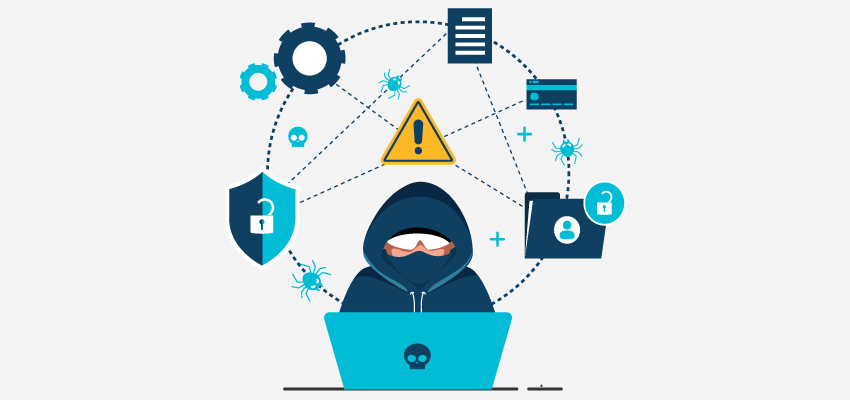
2. Data Overload
The amount of data generated by IoT devices can be overwhelming. Businesses must have the proper systems in place to store, manage, and analyze this data effectively. Without the right tools, the sheer volume of data can become difficult to process and may overwhelm decision-makers.
3. Integration with Existing Systems
Shipping integration with IoT requires compatibility between IoT devices and existing logistics systems. Businesses may need to invest in new software or upgrade legacy systems to ensure smooth integration and seamless operations.
The Future of Shipping Integration with IoT
As IoT technology continues to evolve, the future of shipping integration looks promising. We can expect further advancements in automation, such as self-driving delivery trucks and drones. AI and machine learning will also play a larger role in analyzing data and predicting shipping delays or demand surges.
By staying ahead of these trends, businesses can continue to optimize their shipping processes, reduce costs, and provide better services to their customers.
结论
The role of IoT in shipping integration cannot be overstated. By leveraging connected devices, businesses can gain greater visibility, enhance operational efficiency, and offer superior customer experiences. While challenges like security and data management remain, the potential for IoT to revolutionize the shipping and logistics industry is immense. As the technology evolves, it will continue to reshape the way goods are transported, making shipping faster, smarter, and more sustainable.
Visit Postalparcel for more information on shipping integration solutions.
行业洞察
收件箱消息
Nulla turp dis cursus.整体释放,预留空间

